Hobart's a perfect city for a few days of exploration.
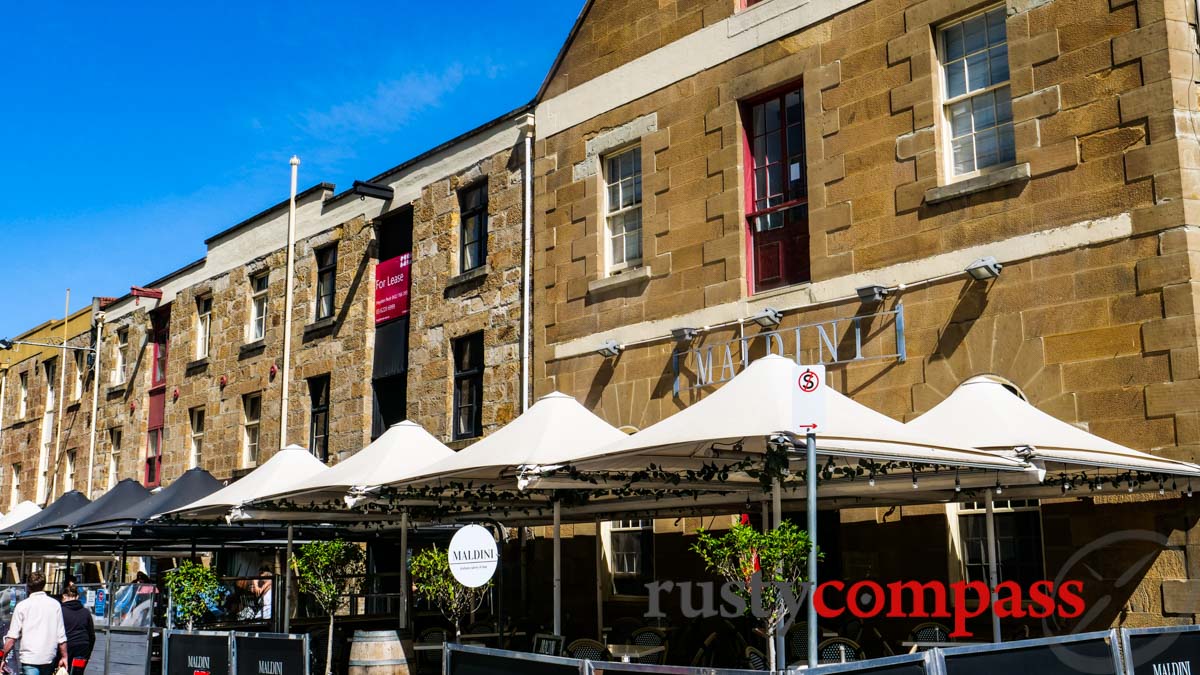
Photo: Mark Bowyer Salamance Place, Hobart
Hobart background
Hobart's one of those places where, a few days in to your stay, you'll be asking yourself whether you could live there? Right now, lots of Australians are answering that question in the affirmative. There's a little boom under way in Tasmania's capital.
Following the establishment of a penal colony in Sydney in 1788, French naval interest in the region prompted the British to colonise the island known as Van Diemen's Land in 1803. In 1804, Hobart was settled around Sullivan's Cove. What may have been Australia's most rapid and systematic destruction of indigenous civilisation began.
The first conflict in Tasmania between the British and the First Nations people took place at Risdon Cove in 1804 soon after the British arrival. The details are sketchy but it was a bad omen of what was to follow. A shoot first, ask questions later, approach was present right from the founding of Hobart. Australia is only getting around to asking the questions now, a couple of centuries later.
Hobart's a good place to explore Australia's messy history. The Tasmanian Museum and Art Gallery is well done and informative, including its First Nations exhibits. The mix of museum galleries and art creates and nice balance. The other museum not to be missed in MONA (Museum of Old and New Art). The vision of one man, eccentric maths geek gambler, David Walsh, MONA has driven a transformation in global recognition of Hobart as a centre of the arts.
Hobart's food scene is pretty exciting too. There are many places to sample the exquisite local produce crafted by outstanding chefs. I was pleasantly surprised by the ubiquity and quality of casual Asian eateries in the centre of town. There are a handful of excellent fine dining establishments (I haven't explored them yet). I had a spectacular dinner at MONA.
Hobart also has a nice selection of boutique hotels and Airbnbs. We'll be exploring these further in the year ahead.
Things to see and do in Hobart
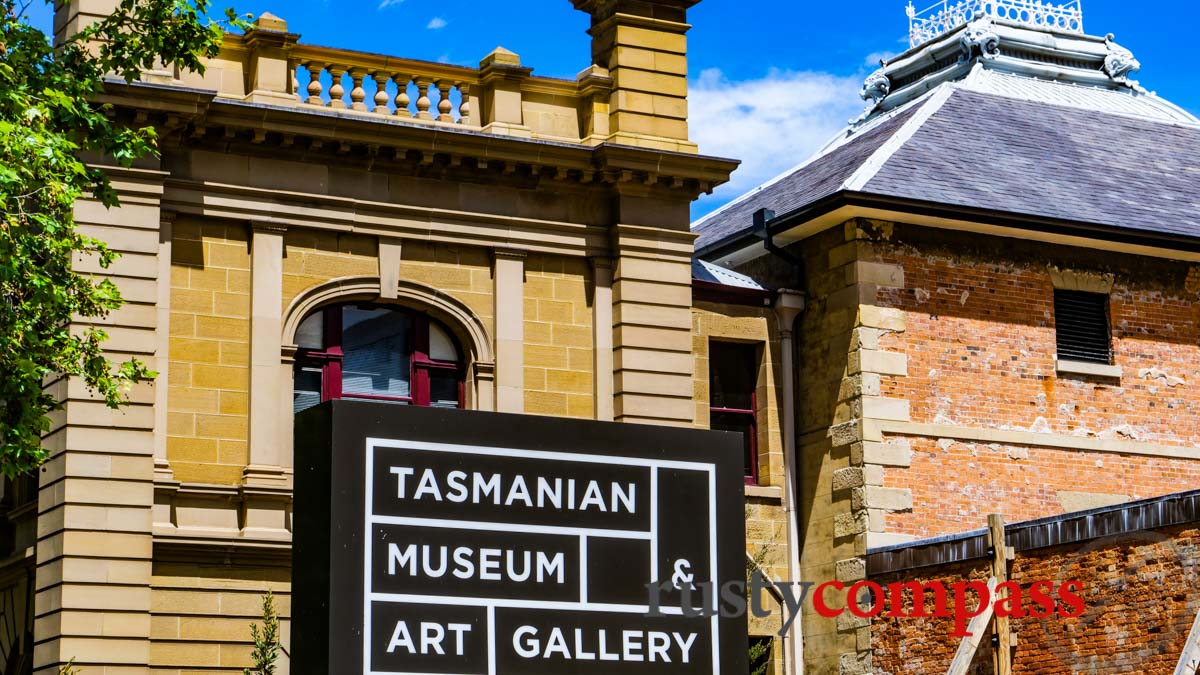
Photo: Mark Bowyer Tasmanian Museum and Gallery in the old Commissariat building.
Tasmanian Museum and Art Gallery
This is Hobart's main history and art museum so it covers a lot of ground. Beginning the with dispossession of Tasmania's First People, the exhibits move through the history of colonial settlement. There's natural history as well. The art gallery houses a fabulous collection that gives some insights into artist depictions of Tasmania across the centuries of colonisation. The setting, in the old Commissariat building, is spectacular.
Address: Dunn Plc, Hobart, Tasmania
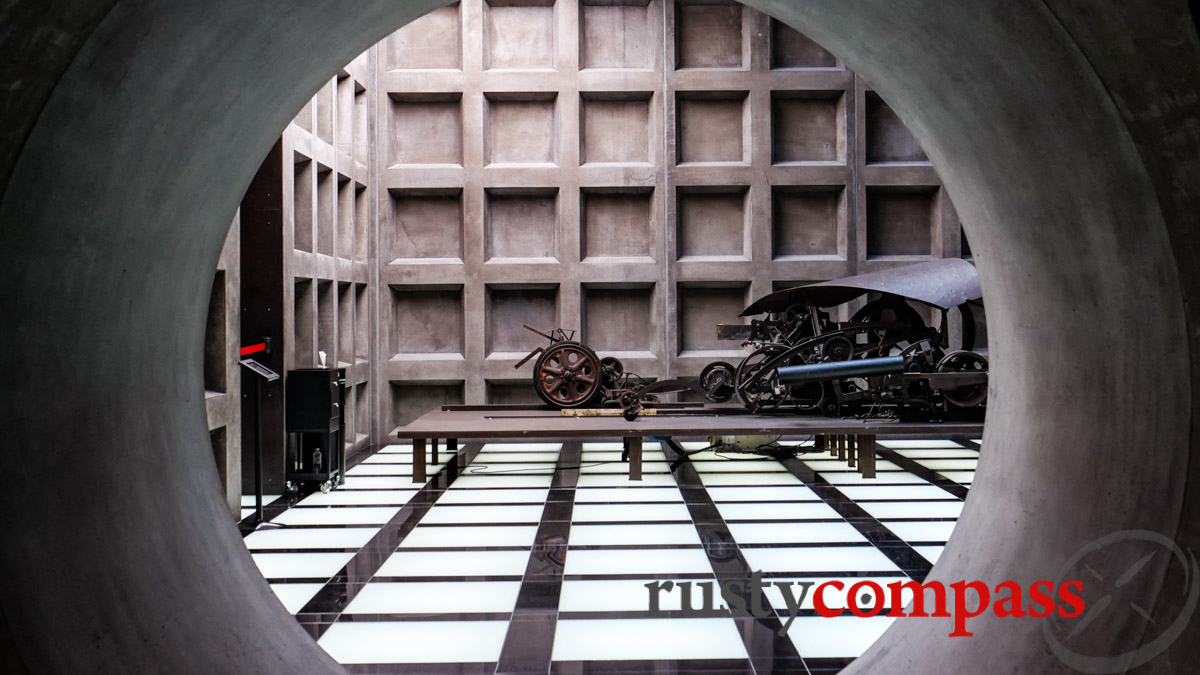
Photo: Mark Bowyer MONA, Hobart
MONA Museum of Old and New Art
It's known as the MONA (Museum of Old and New Art) effect; the impact that the opening of this landmark museum has had across Hobart and Tasmania. It's dramatic. I was in Hobart during COVID restrictions, so MONA was only partially open. I only got a glimpse of the total experience. But you don't need me to tell you this is THE must-see thing in Hobart.
The brainchild of eccentric, gambling, maths geek, David Walsh, as the name suggests, MONA's collection is diverse, eclectic and sometimes controversial. That's the point.
Don't miss it. Dinner is worth a look too.
Address: 655 Main Rd, Berriedale, Hobart
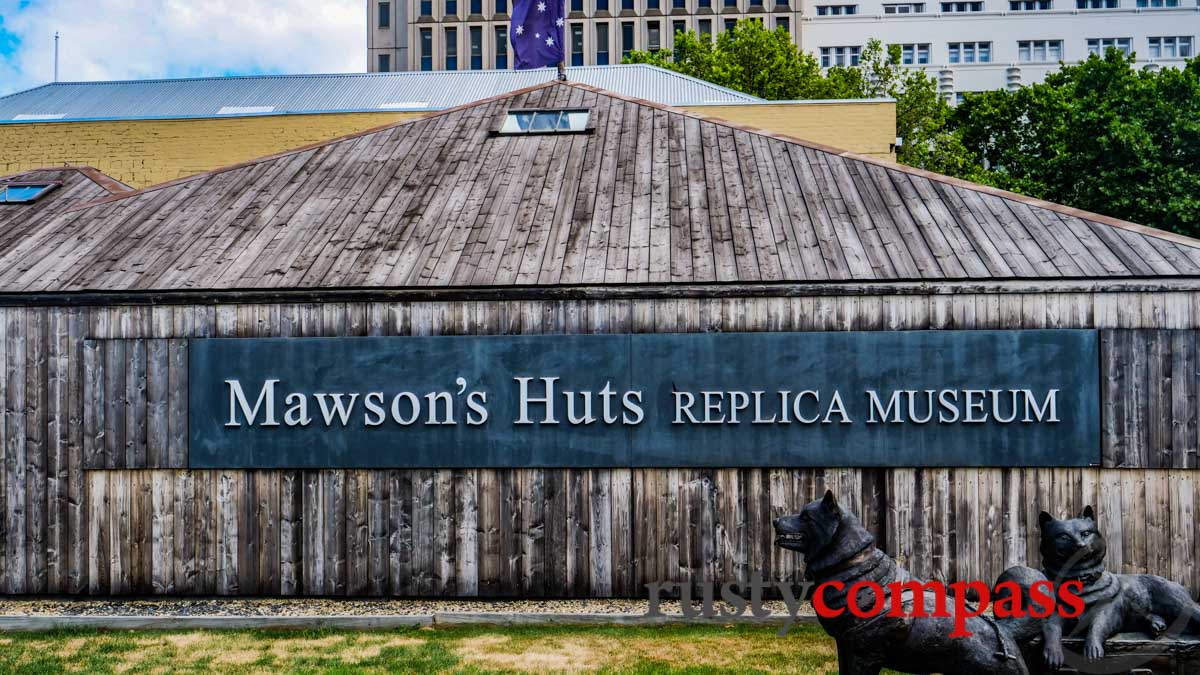
Photo: Mark Bowyer Mawson's Huts Replica Museum, Hobart
Other Hobart museums
There are a bunch of other museums in Hobart - some of which were closed during my COVID-era visit. They include the Maritime Museum and Mawson's Huts replica museum.
Mawson's Huts Replica Museum marks the work of Australian Geologist and Antarctic explorer, Douglas Mawson. Mawson was part of Shackleton's pioneering Antarctic expedition in 1907. He went on to be a leader of research and subsequent Antarctic expeditions. That mission unravelled into disaster and Mawson pulled off an extraordinary feat to survive.
Mawson's Antarctic expedition set off a few hundred metres from the site of the replica huts - a good place to build the replica. The replica museum huts are a fundraiser for the original structures located in Cape Denison, Antartica.
We didn't see the Maritime Museum as it was closed during our visit. It's located nearby.
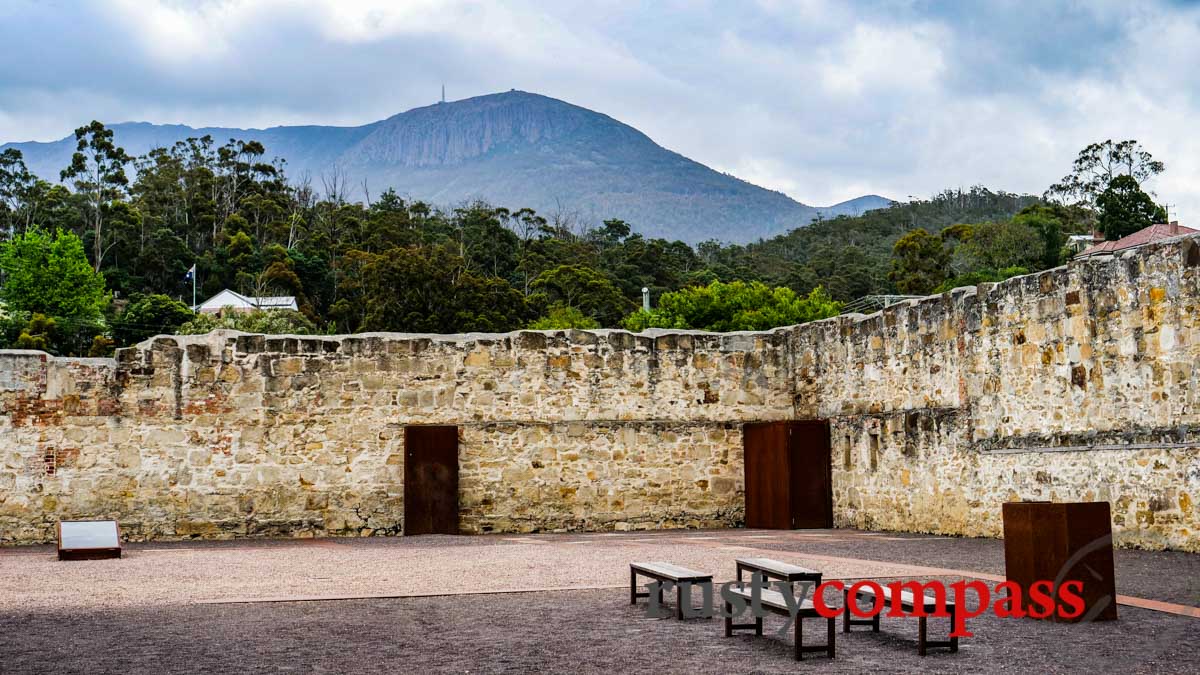
Photo: Mark Bowyer Cascades Female Factory with Mount Wellington / Kunanyi in the background.
Cascades Female Factory
During Australia's convict years, female factories were factory-prisons in which convict women were detained and required to work.
The Cascades Female Factory is a heritage listed site that remembers the incarceration of female convicts. Around 25000 of the 160000 convicts sent to Australia from Britain, were women. They were mostly transported for trivial offences. Their lot in the male-dominated colony was especially tough.
It's an Australian convict story that gets little attention. Indeed the original Female Factory in the Sydney suburb of Parramatta, is barely recognised as a place of historical importance.
There are a few structures left at the Cascades Female Factory site, although the prison walls remain intact. In addition to walking around yourself ($8 admission for adults), there are tours and performances available.
If time is tight, you can probably get your convict history fix at Port Arthur or the Hobart Penitentiary below. The Cascade Brewery (below) is also close by so do the two together.
Address: 16 Degraves St, South Hobart
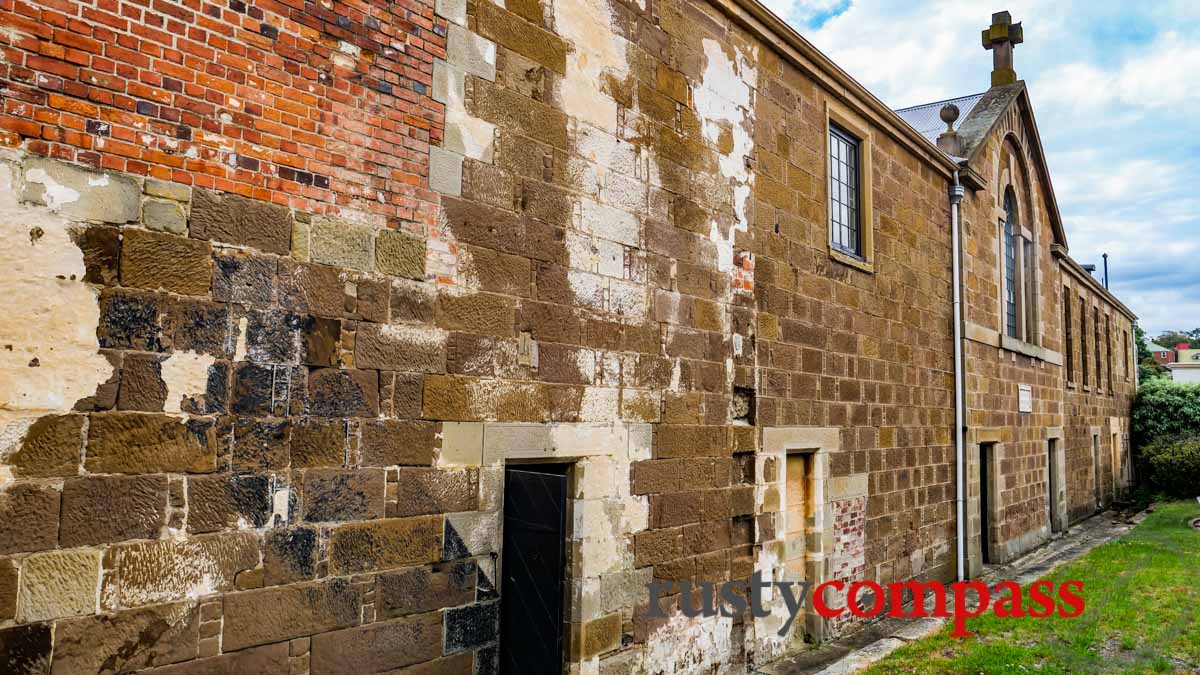
Photo: Mark Bowyer Hobart Penitentiary
Hobart Convict Penitentiary
Hobart Penitentiary was the Hobart prison from the 1820s - more than a decade before the opening of Port Arthur. It was frequently marked down for its overcrowded, inhumane conditions but remained in operation till the 1960s. Only a small part of the prison still stands and is managed by the National Trust. Historians will enjoy checking out the old courts and the gallows. It's a worthwhile stop if you're interested in convict history. It's also worth noting the little-publicised fact that this is where the last hanging for sodomy took place in the British Empire in 1867. It's also where Tasmania's last hanging was carried out in 1946.
Address: Cnr Campbell St &, Brisbane St, Hobart
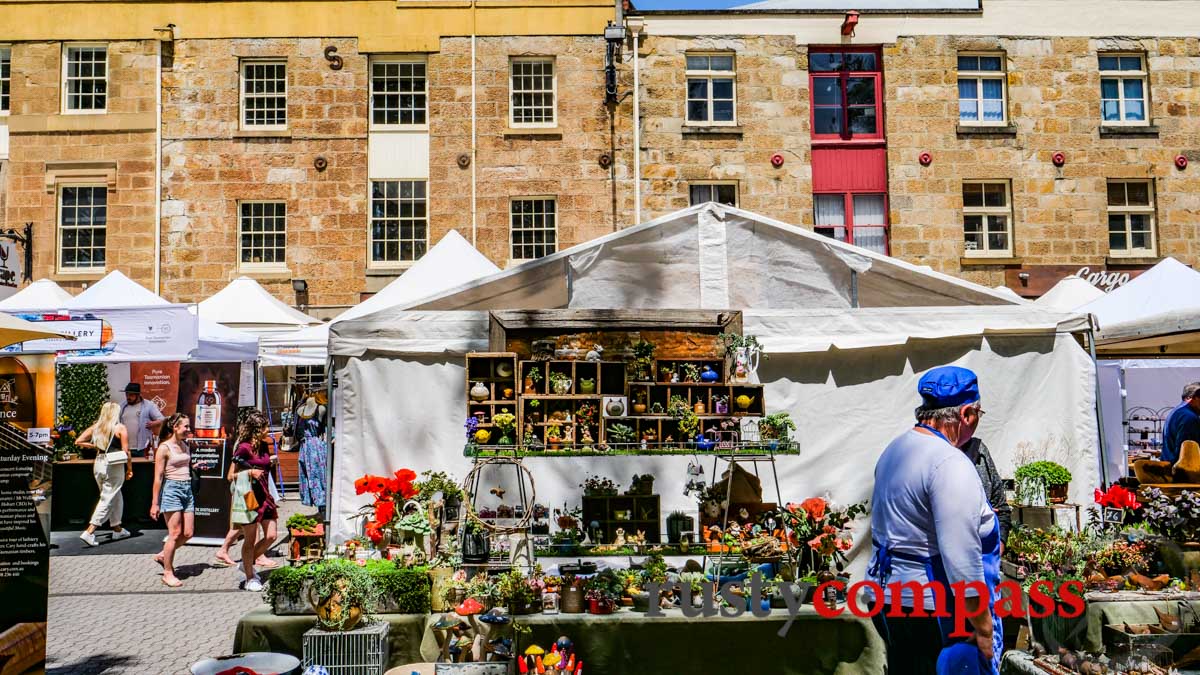
Photo: Mark Bowyer Salamanca Market, Hobart, Tasmania
Salamanca Place and Salamanca Market
The 1830s Georgian warehouses at Salamanca Place are an outstanding remnant of the early colonial settlement. The casual eateries of the current incarnation tell little of the centuries that predated the area's recent reinvention as a tourist destination. Salamanca Place is the home of Tasmania's most famous market - the Salamanca Market - every Saturday (see below).
From the earliest days of British settlement, Hobart's port was busy processing seasonal whaling and sealing ship arrivals. Even back then with their primitive methods and equipment, these crews put a big dent in whale and seal populations. The New Wharf at Salamanca Place was a necessity as shipping in the colony expanded. The ships needed storage and local traders started building these warehouses along the strip. By the 1840s, Salamanca Place was a busy commercial commercial strip created on the back of convict labour.
These days, Salamanca Place is a popular drinking and dining spot - and home to the weekly Salamanca Market.
Salamanca Arts Centre
One of Hobart's main cultural centres, Salamanca Arts Centre is a mix of exhibition spaces and performance spaces. It's home to regular new exhibitions and performances. Head over to the website for the latest.
https://www.salarts.org.au/
Salamanca Market
Salamanca Market is Hobart's most famous market. It takes place every Saturday along Salamanca Place between 08.30AM and 3PM and features more than 200 stallholders exhibiting a wonderful mix of market stuff - including lots of local Tasmanian produce and locally made arts and crafts.
Address: Salamanca Place, Hobart
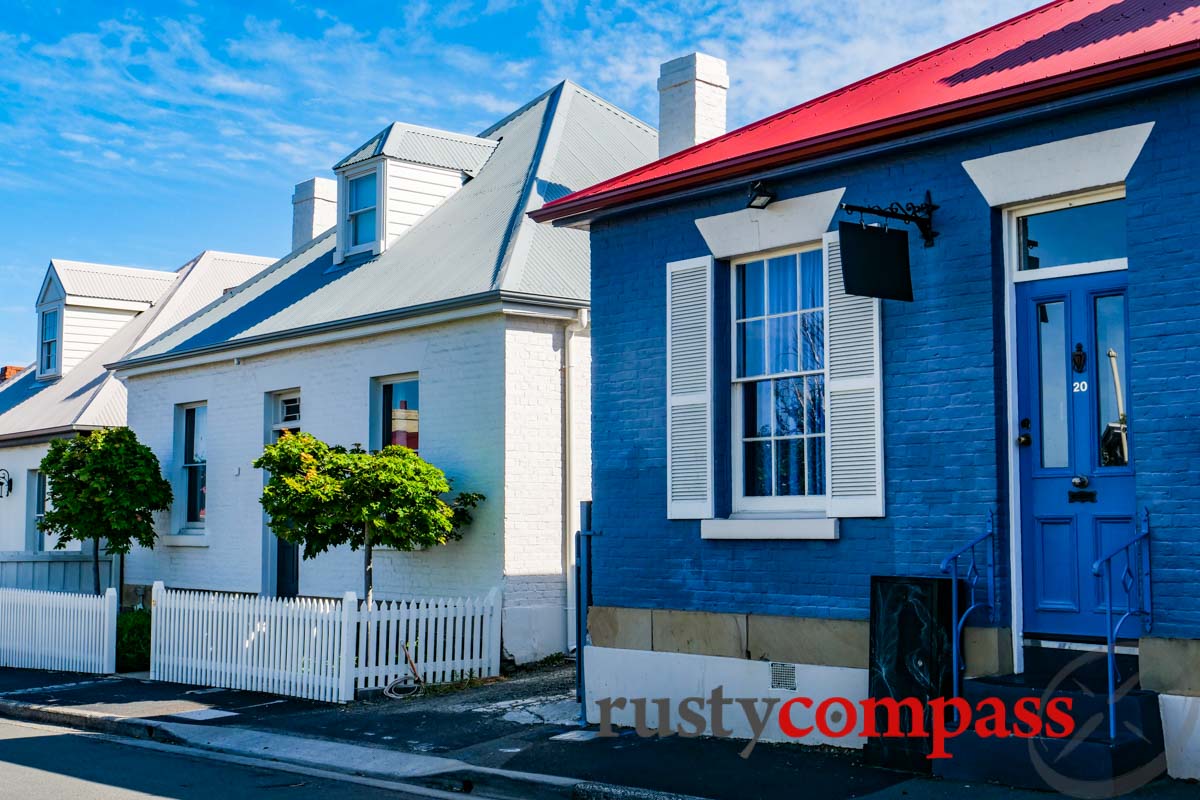
Photo: Mark Bowyer Arthur's Circus, Battery Point, Hobart
Battery Point
Battery Point was one of the first residential settlements in Hobart. Just behind Salamanca Place, it was named after the military battery that was established in 1818. Initially home to mariners and workers, the area is now one of the most gentrified in Hobart, with bars, eateries and shopping to match.
The Georgian architecture of the early life of Battery Point has mostly survived the gentrification transition. The cluster of buildings around Arthur's Place, (named after Governor Arthur, also of Port Arthur fame), is a delight. Take a stroll around the streets and grab a bite at one of the restaurants. The Shipwright's Arms Hotel (1846) is well soaked in the legend of the Sydney to Hobart Yacht Race and is a good spot for a quiet drink.
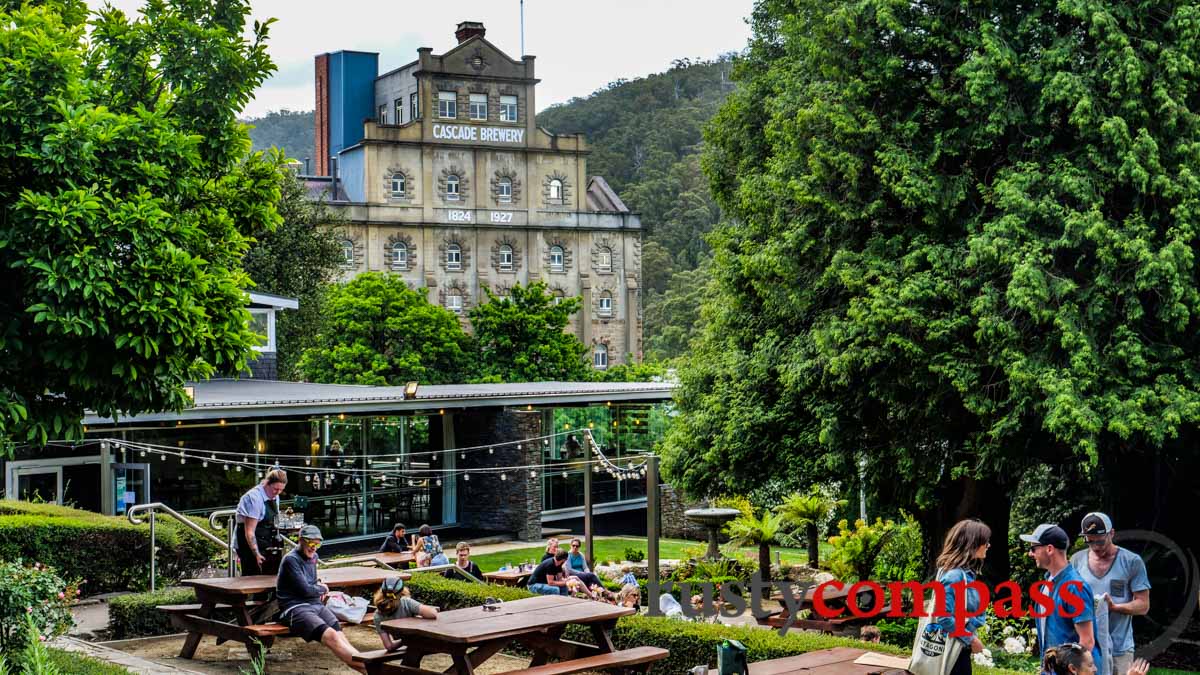
Photo: Mark Bowyer The best beer garden! Cascade's historic brewery
Cascade Brewery Hobart
Australia's oldest continuously operating brewery preceded the current craft beer craze by a little under 200 years. The result is a spectacular spot for a drink and a bite, in what must be Australia's most beautiful beer garden. The historic Cascade Brewing building at the foot of Mount Wellington is the beacon that towers over lush green surrounds. Cascade Brewery also runs tours - though we haven't done one yet.
Address: 140 Cascade Rd, South Hobart
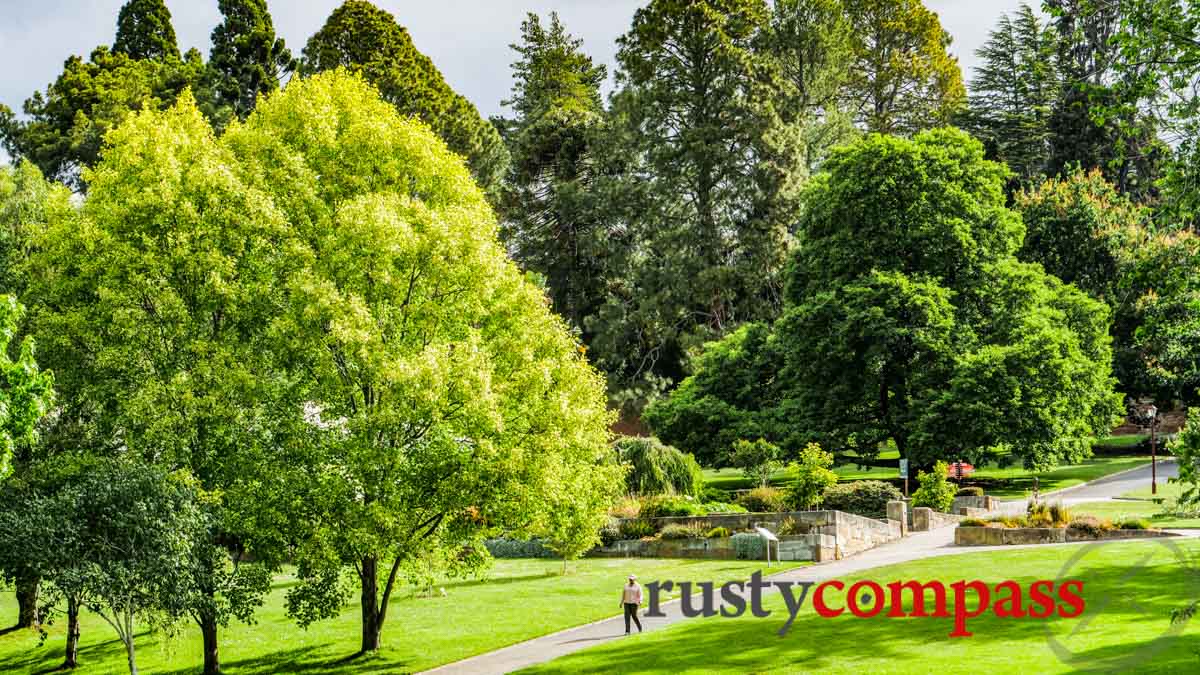
Photo: Mark Bowyer Royal Tasmanian Botanical Gardens, Hobart
Royal Tasmanian Botanical Gardens
Hobart's Royal Botanical Gardens are the second oldest in Australia - opened in 1818. Looking over the Derwent River, the gardens' 14 acres of lush landscape are a reminder of the intense interest the British colonials had in Australian flora and fauna - as well as testing other plants in Australian conditions.
Hobart's gardens are oriented towards flora that flourishes in cooler climes and includes a Subantarctic Plant House. They run daily tours.
Tasmania's 1858 Governor's Residence is located right by the gardens. I didn't see any way to get a close look at the building. Tours are conducted from time to time. Check the website -
Address: Lower Domain Rd, Hobart
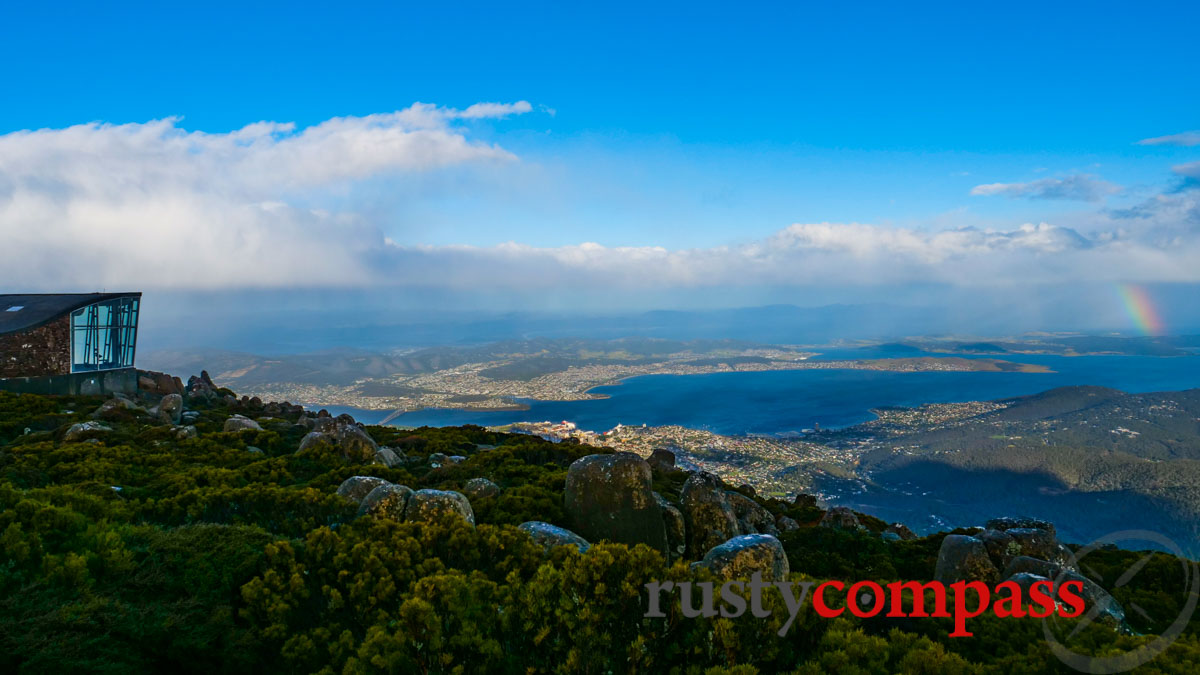
Photo: Mark Bowyer Mount Wellington - Kunanyi
Mount Wellington - Kunanyi
Mount Wellington or Kunanyi in the local indigenous language, provides the spectacular backdrop to Hobart. It's a also a must-see destination in its own right. The views from the top are amazing.
Often shrouded in snow, Mount Wellington is part of Wellington Park - an extensive area of trails and things to see for casual bush walks and those with more ambitious trekking plans. The weather at the top is very changeable. Visibility can quickly change as well. Prepare for cold conditions.
Check out the Wellington Park website and work out how much adventure you want to include in your visit. https://www.wellingtonpark.org.au/
I only had time to visit the summit on a wild clear afternoon. It was breathtaking - literally. I can confirm the winds have the power to almost take off a car door. Plan your visit.
Port Arthur convict ruin
The former penitentiary at Port Arthur is a popular day trip from Hobart. We recommend staying longer if possible but a day trip is very doable too - though it will put you together with the masses of other day-trippers. Port Arthur is Australia's most well-known convict history site. The ruins across an extensive site are World Heritage Listed and date back as far as the 1830s. The remnants are well preserved and tell the story of the Van Diemen's Land penal settlement that was central to the British colonisation and invasion of Australia. Check opening hours and times. Tickets including a tour and boat trip are $40 (adults).
For more on Port Arthur, check our full listing here.

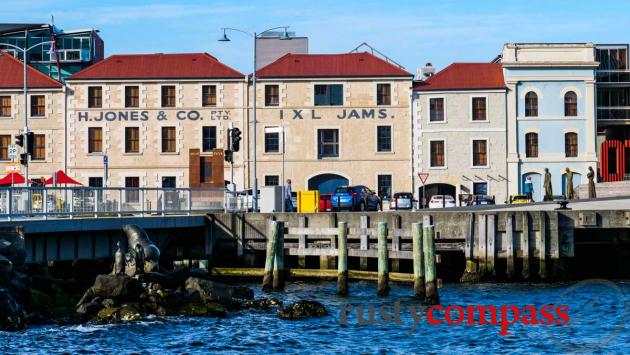
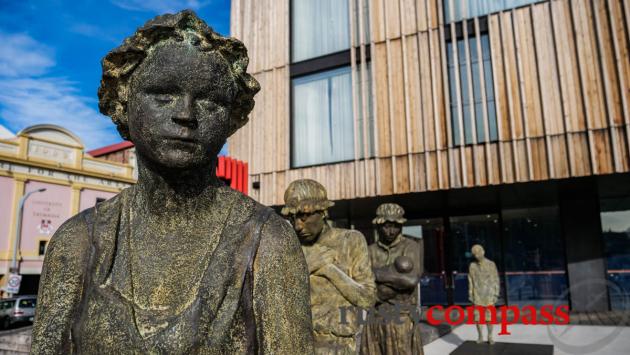
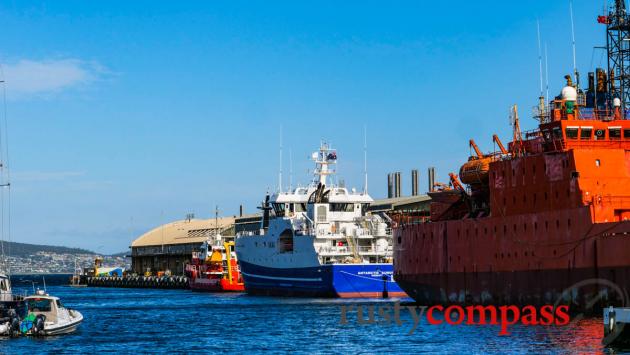
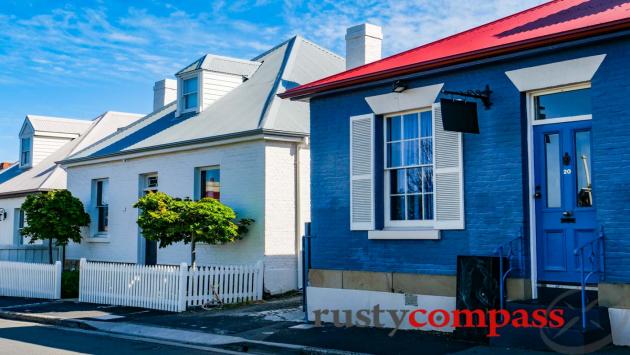
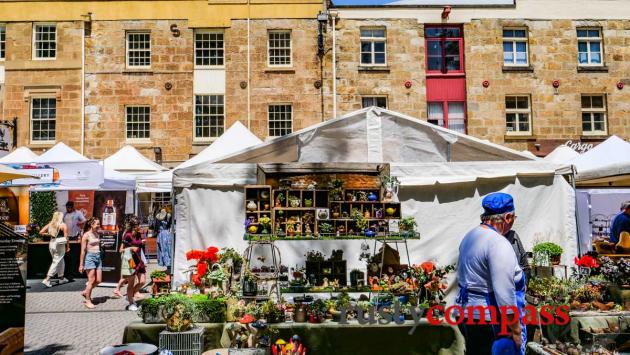
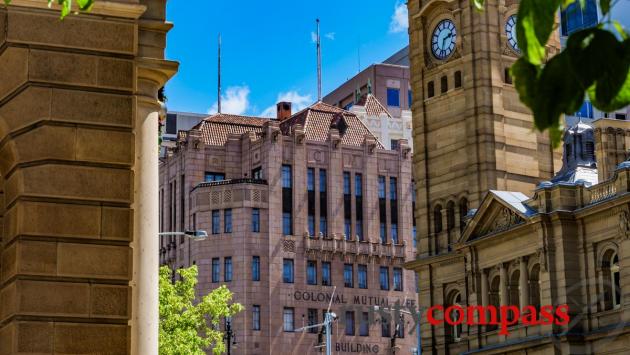
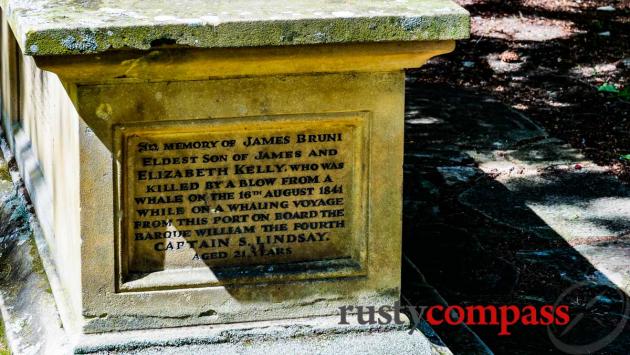
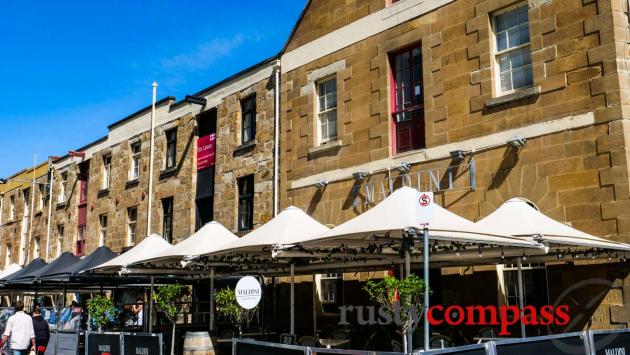
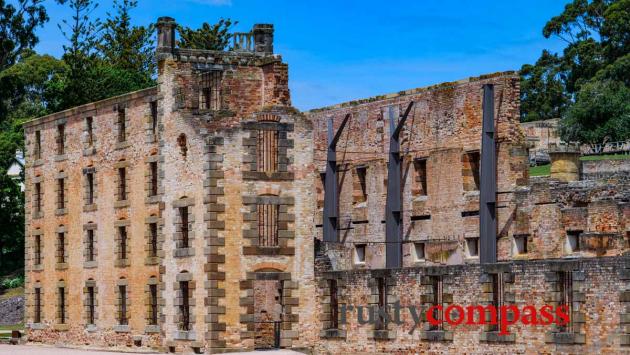


Twitter: @rustycompass
Rusty Compass is an independent travel guide. We’re focused on providing you with quality, unbiased, travel information. That means we don't receive payments in exchange for listings and mostly pay our own way. We’d like tourism to be a positive economic, environmental and cultural force and we believe travellers deserve disclosure from publishers. Spread the word about Rusty Compass, and if you're in Saigon, pop in to The Old Compass Cafe and say hi. It’s our home right downtown on Pasteur St. You can also check out our unique tours of Ho Chi Minh City and Sydney at www.oldcompasstravel.com Make a financial contribution using the link below. Even small amounts make a difference. Thanks and travel well!